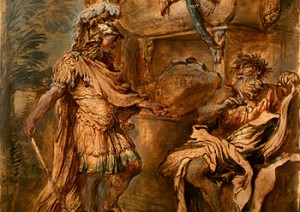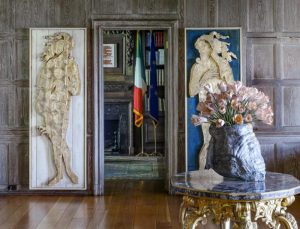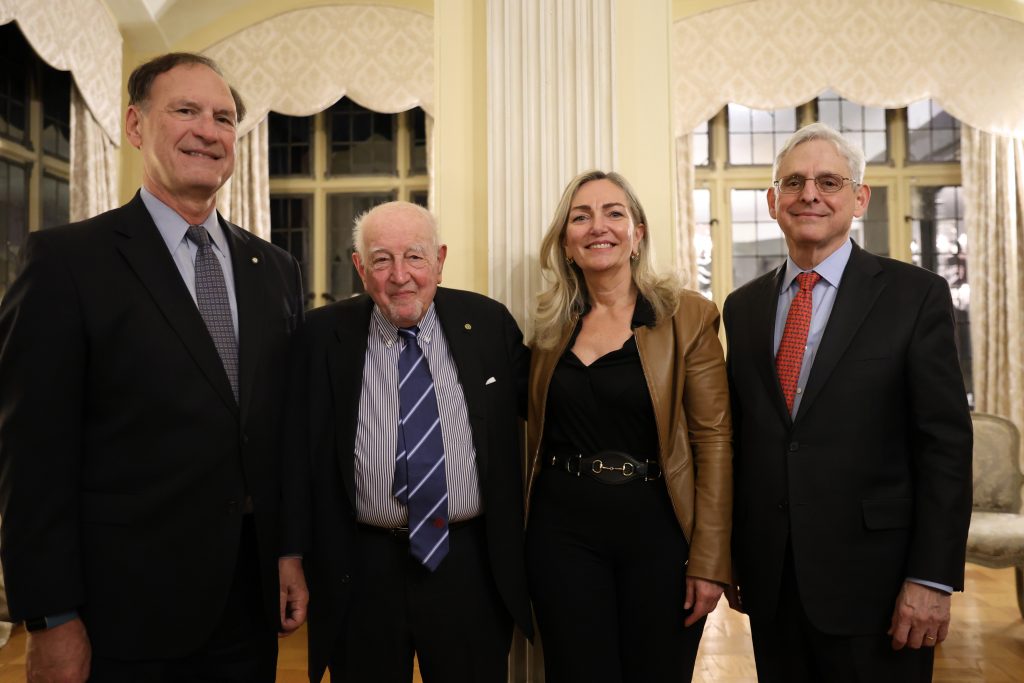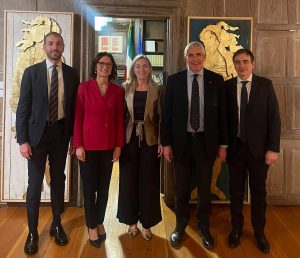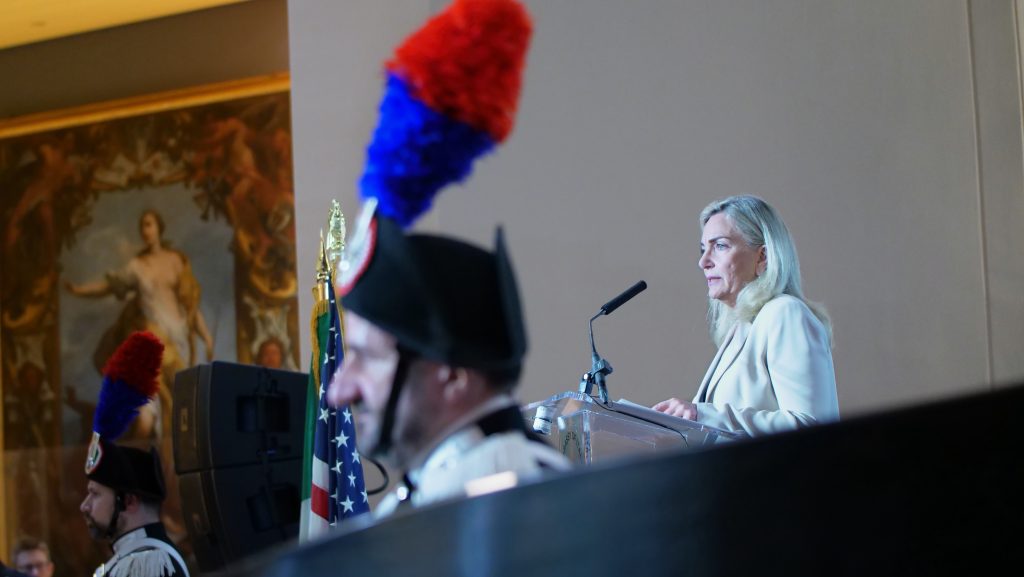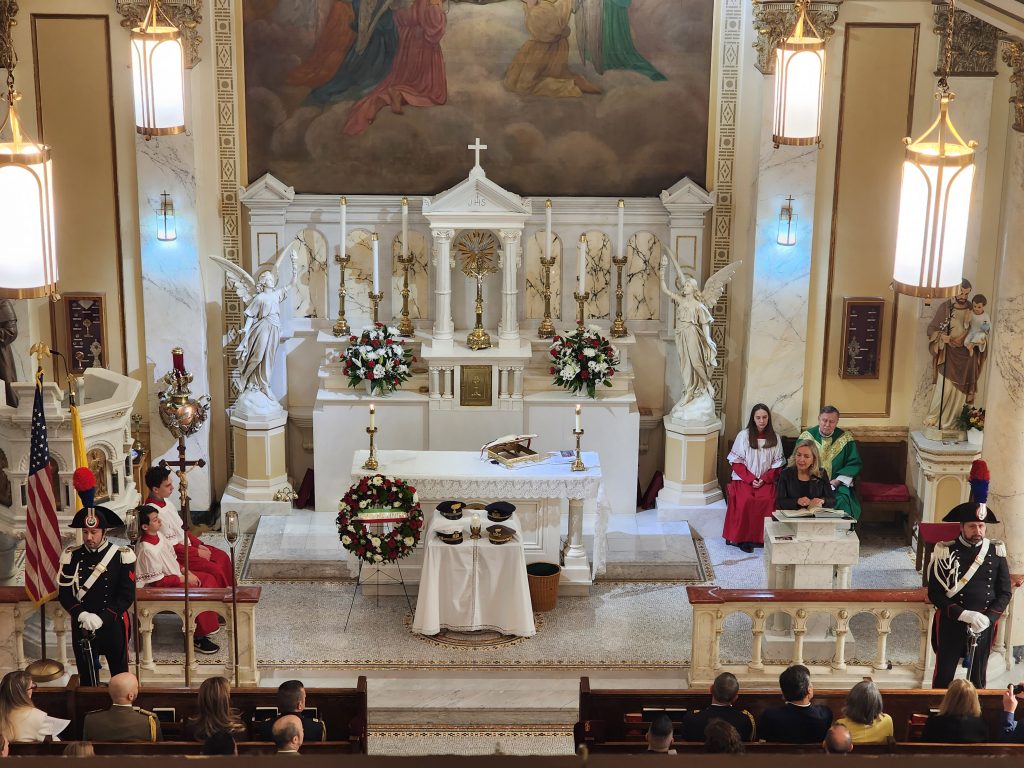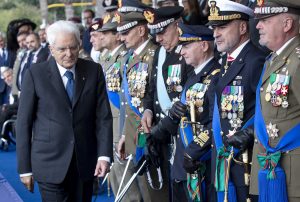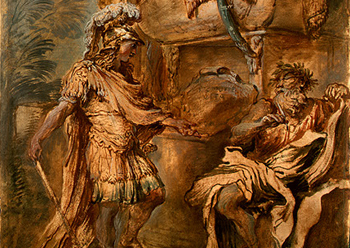
Detail: Alexander at the Tomb of Cyrus, 1645/1650)
A National Gallery of Art exhibit focuses on paper drawings by Giovanni Benedetto Castiglione, the 17th century Italian artist. Many consider Castiglione’s work to be the most complex of the baroque period, the naturalistic style that dominated the 1600s.
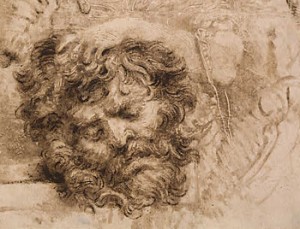
This exhibit presents nearly 80 works of Castiglione’s prints and drawings, most from the Gallery’s collection and some from private holdings.
The exhibit suggests that the artist’s work incorporated influences from Rembrandt, Claude Lorrain of France and others. But he himself was copied in Germany, France and Italy, even a century after his death. He was perhaps a source of inspiration for Piranesi and Watteau, who came much later.
The Castiglione works are hazy and detailed, many depicting Biblical themes, such as David’s defeat of Goliath, Noah leading the animals onto the Ark, the Adoration of the Shepherds and the Flight into Egypt. Among his best-known works is a series of portraits that are said to have inspired several German artists. The exhibit presents comparative examples alongside Castiglione’s works.
Castiglione is known not just for his art but also for his technological innovations. He is credited with devising the monotype, in which paint is applied to a plate and a print is produced. On display also are samples of Castiglione’s graphic experimentation.
The exhibit continues through July 8, 2012.
